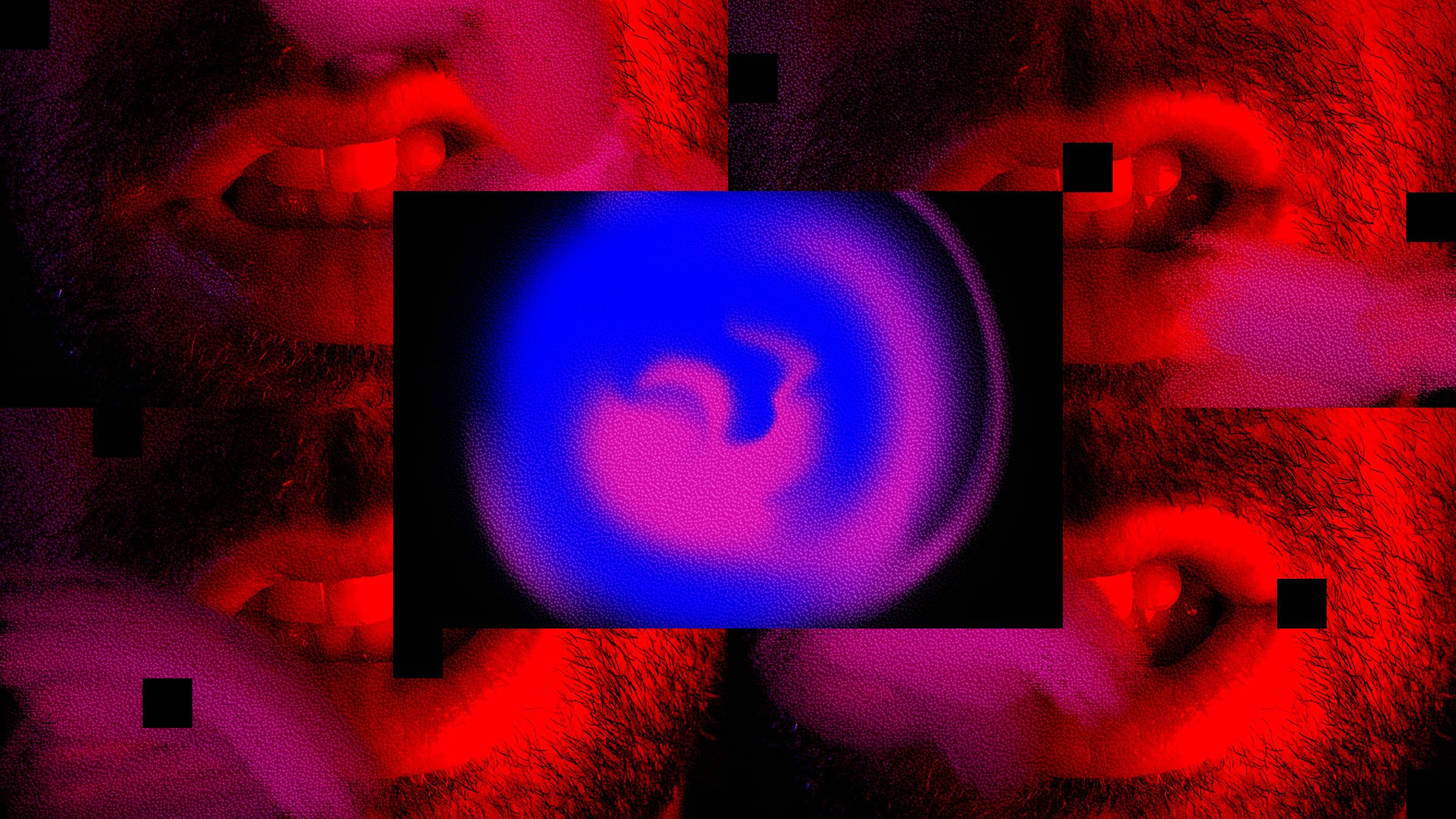In July, just after receiving an email pitch about the “perfect” AI girlfriend, content creator Harrison Stewart made a TikTok skit using the anti-AI slur “clanker.”
Pretending to be a disapproving father, he confronted his daughter’s robot boyfriend in the year 2044. “What’s your name? No it’s not. It’s model number 626 S Series. That’s your name, you dirty clanker,” Stewart says in the video.
As one of the original creators to make clanker-themed TikToks, Stewart, who goes by Chaise online, was dubbed the “clanker guy” by his fanbase after racking up millions of views. But in August, the 19-year-old content creator, who is Black, announced that he would no longer be publishing any more videos on the subject. The joke, he said, and responses to it, had become racist.
“When I go into my comment section and people are starting to call me ‘cligger’ and ‘clanka’ or ‘you’re a dirty clanker’—not voicing those slurs at AI and electronics, but at me—I don’t find that entertaining or funny at all,” Stewart explains in the video.
The origins of clanker date back to late 1950s author William Tenn, who used the word to describe robots from science fiction films, but its adoption as a sort of slur came from the Star Wars franchise, where it was used as a derogatory term toward the antagonist droids and troopers. In recent months, it has become a protest of sorts against the rapid implementation of AI into virtually every aspect of society.
Over the past three months, the term has garnered over 2 million Google searches and at least hundreds of thousands of social media posts. In an X post in July, Senator Ruben Gallego of Arizona wrote, “Sick of yelling ‘REPRESENTATIVE’ into the phone 10 times just to talk to a human being? My new bill makes sure you don’t have to talk to a clanker if you don’t want to.”
On TikTok and Instagram, however, the ongoing backlash against AI has taken on the form of short video skits, envisioning a future where robots have been fully incorporated into society. The term “clanker,” along with “tinskins,” “wirebacks,” and “oil bleeders” are used as pejoratives in these skits. But some of these skits appear to be using clankers as stand-ins for Black people, perpetuating racist tropes and scenarios that harken back to a pre–Civil Rights era.
In one skit, creator Samuel Jacob dresses up in a police officer’s uniform and throws out phrases such as, “Don’t you know clankers sit in the back of the bus, Rosa Sparks?” and “Come on George Droid, looks like it’s jail time for you, rust monkey.” Another skit by TikTokker Stanzi Potenza depicts a waitress at a diner acting out a scenario in which she’s refusing service to the subject with the words “pov: you’re a clanker in 2050” sprawled across the screen. Speaking in a Southern drawl, she tells the camera, “Didn’t you see the sign outside? We don’t serve clankers here.” The caption underneath the video is a variation of a common phrase often used by people to defend their own prejudices: “Don’t worry, I have robot friends.”
Jacob tells WIRED the parallel between his skit and racial segregation in the US is intentional.
“ It’s pretty obvious what it’s based off of, in terms of the historical standpoint, like everything that was happening in the 1950s and such with the Jim Crow laws and stuff,” he says. “I thought it was a funny idea of ‘history repeats itself sometimes,’ but at least it would be against robots.” He adds that while he’s engaging in a “little bit of rage-baiting,” he doesn’t take the skit seriously nor does he hold the beliefs portrayed. The backlash, he says, is likely to remain a part of what he does and is “ something I gotta learn to deal with and just move on from.” Potenza declined WIRED’s request for comment.
Moya Bailey, a professor at Northwestern University who specializes in the representation of race and gender in the media, says the anti-Black subtext to some clanker skits suggests that some are using the term as a justification for racist jokes.
“I think the folks that go that route of racist humor honestly wanted an excuse—and it’s a pretty good one—to make some jokes that I think they just wanted to make and felt clever in making those connections,” she says. Several of the skits show clankers being treated as second-class citizens. “For me, the racism very much shows just how embedded and how tied anti-Blackness is with our ideas of work and labor and service and servitude.”
On TikTok, people defending the trend argue it’s not an example of racism because it’s depicted in the context of a make-believe universe in which humans aren’t being targeted. “It’s not that deep” is a comment that is commonly thrown around under videos dissecting the seemingly racist references in clanker videos.
“ I didn’t think too deeply about this,” Jacob says. “I was pretty much riding the trend like a lot of other creators were. Now it’s slowly died out, and I’m just going to keep moving on to the next thing. I don’t think people should harp on it any longer or give anymore energy to it. Don’t want to keep perpetuating it into something bigger than it needs to be.”
Stewart says he’s bothered that people used his skits to provide cover for the offensive ones.
“ What got me more upset than anything was people were justifying it by saying, ‘[Stewart] is Black and he made clanker videos, so what’s your problem?’” he says. “ I was poking fun of the fact that if things got really that advanced, how would we deal with it? It’s not supposed to be a racist thing.”
AI has already been used to generate racist imagery that draws from stereotypes featured in memes and TikToks. The generative AI tool Sora from OpenAI has come under fire for perpetuating biases against people of color, women, disabled people, and other minority groups in the content being prompted by users.
Bailey also points out that racism within the AI industry goes as far as the actual methods used to power it. She references the negative health impact of xAI data centers in a Memphis neighborhood called Boxtown, which is 90 percent Black, as an example of environmental racism inflicted by the AI industry.
Though not all clanker videos are offensive, Bailey says people should carefully consider the tropes and references they’re using to take an anti-AI stance. “Jokes create an in-group and an out-group,” she says. “That’s part of what makes it humorous, is like, ‘I get this. We’re on the same team, we’re on the same side.’ And so I think people really need to take some time to think through who it is that they’re aligning with when they say that certain things are funny.”
Stewart echoed a similar perspective: “I see a pattern with how Black people are portrayed in the media and how we’re the butt of the joke at the end of the day.”



